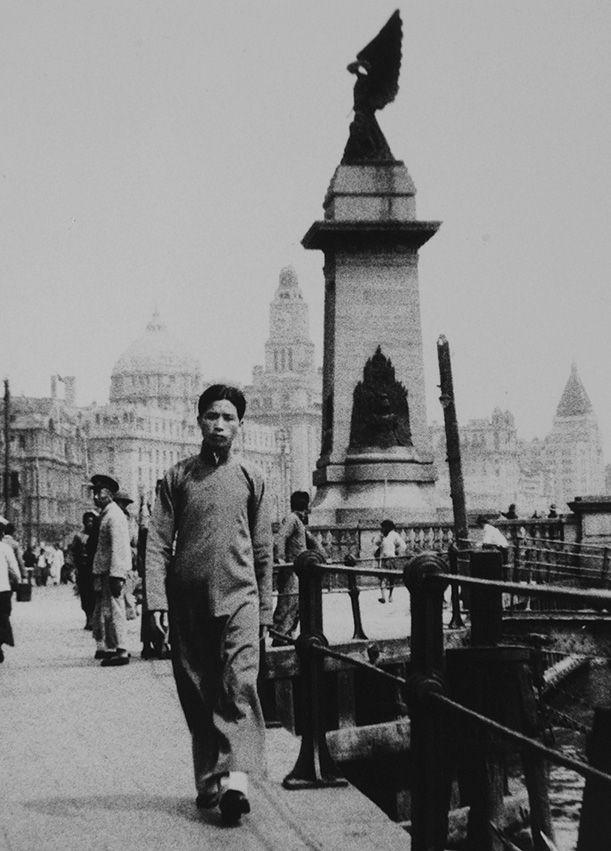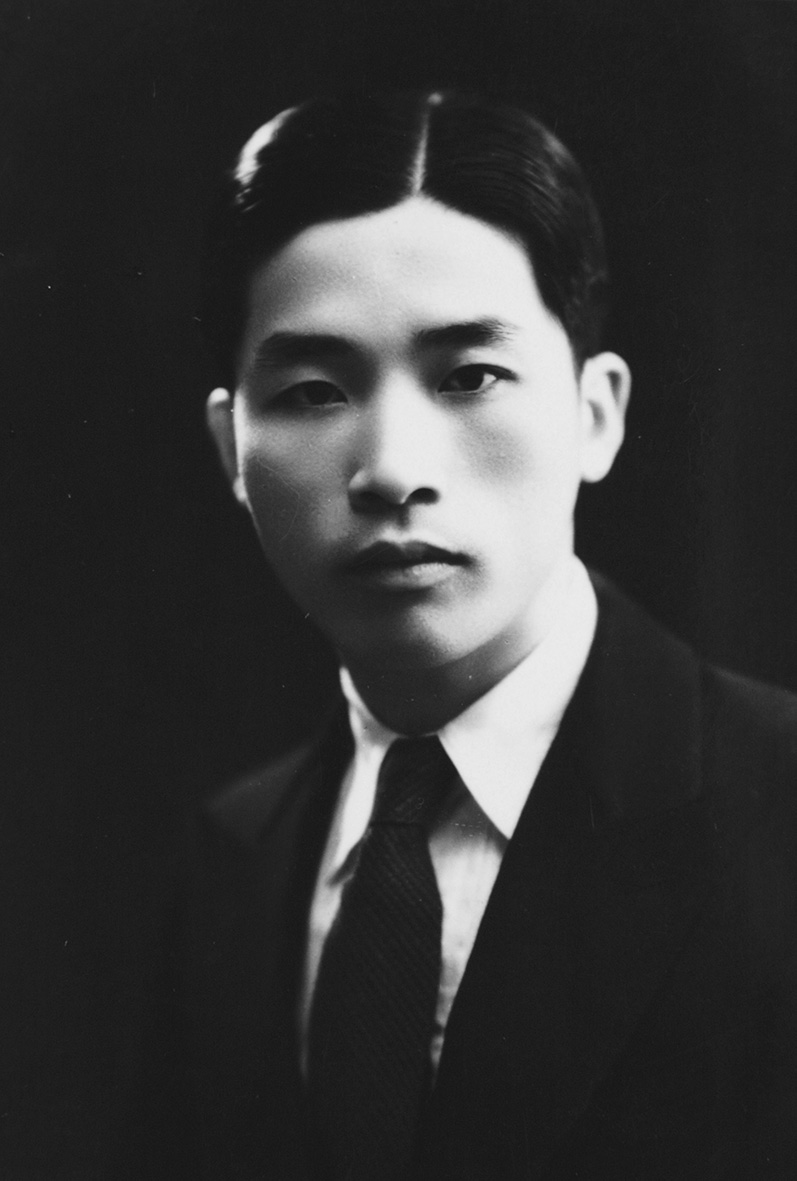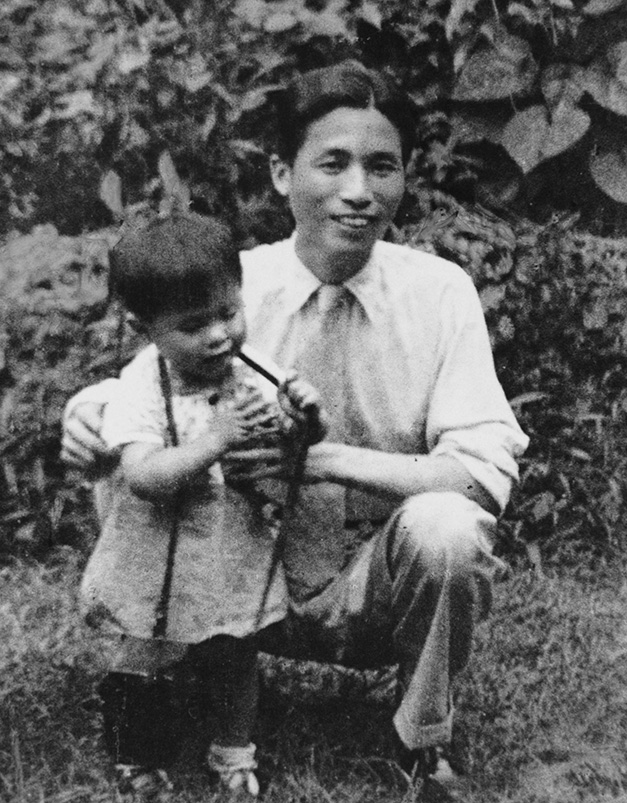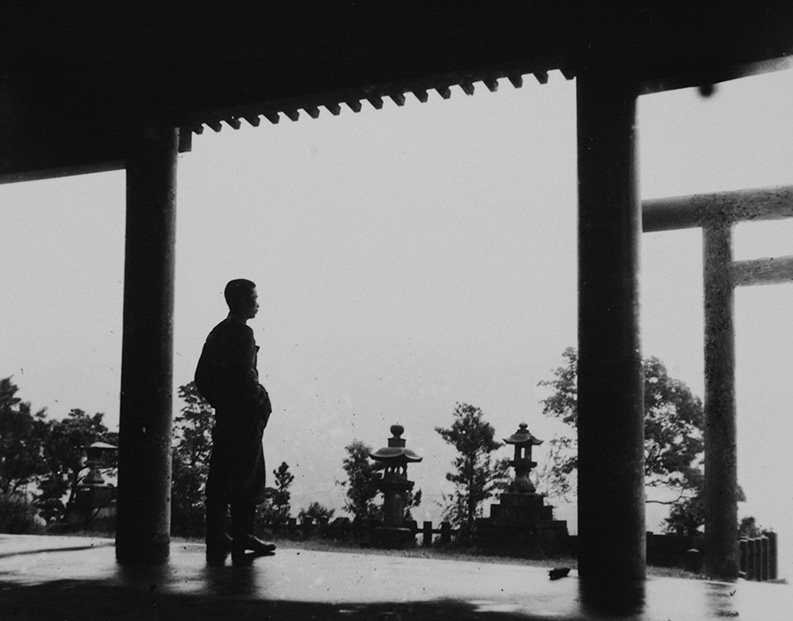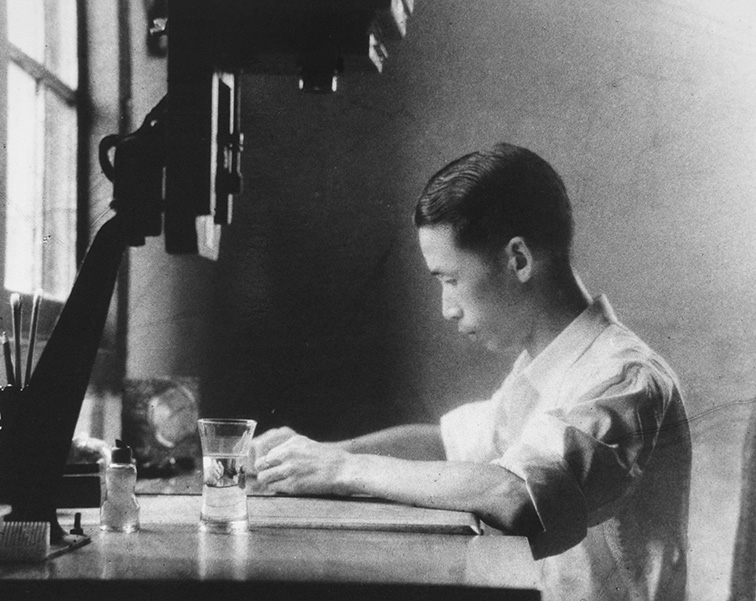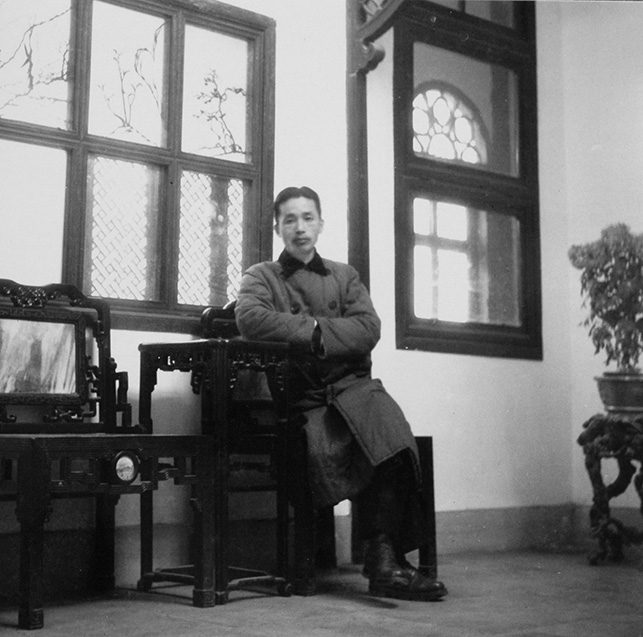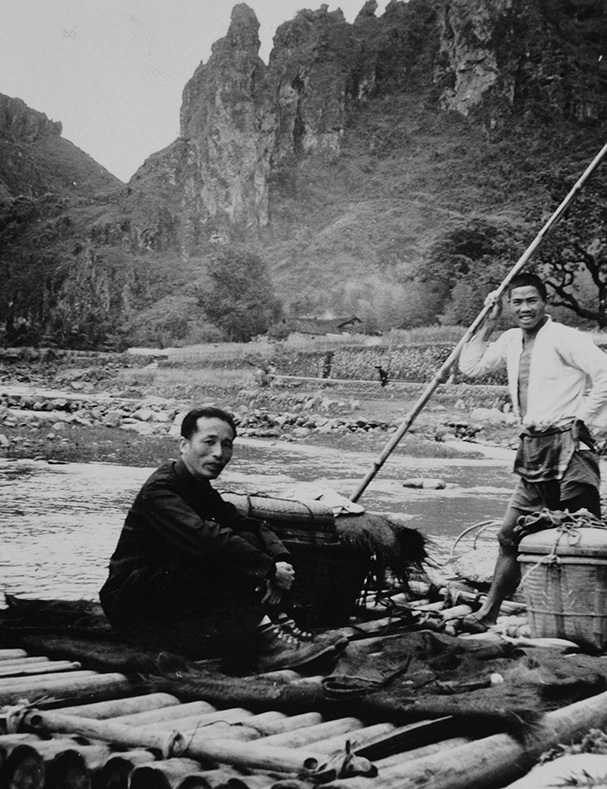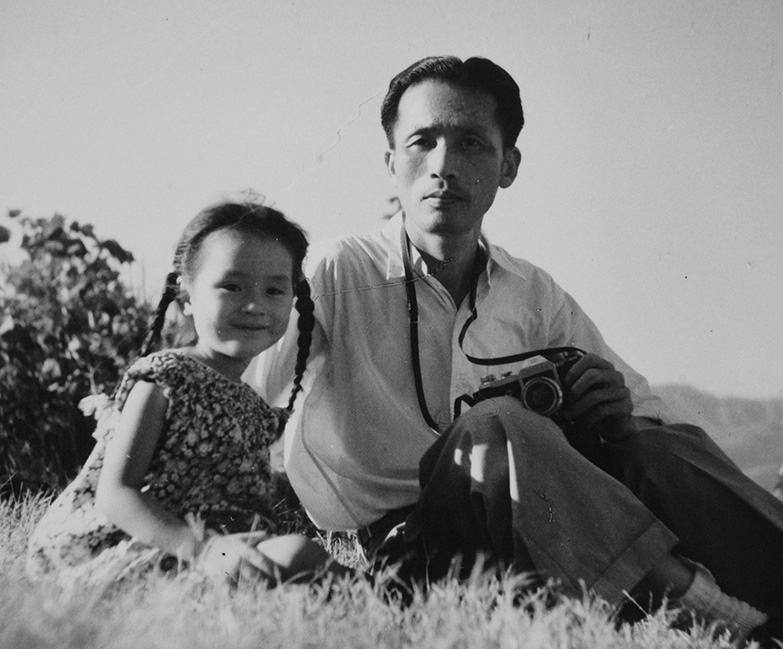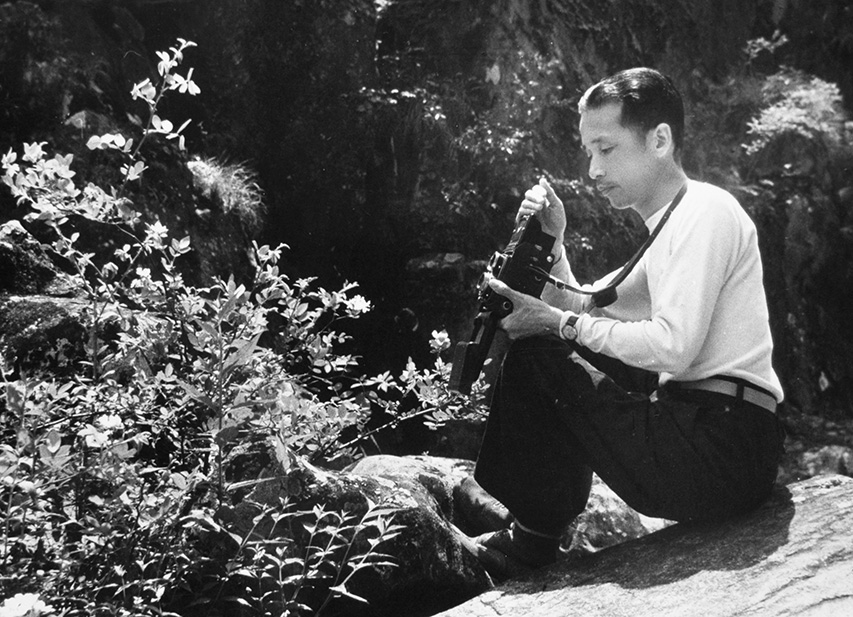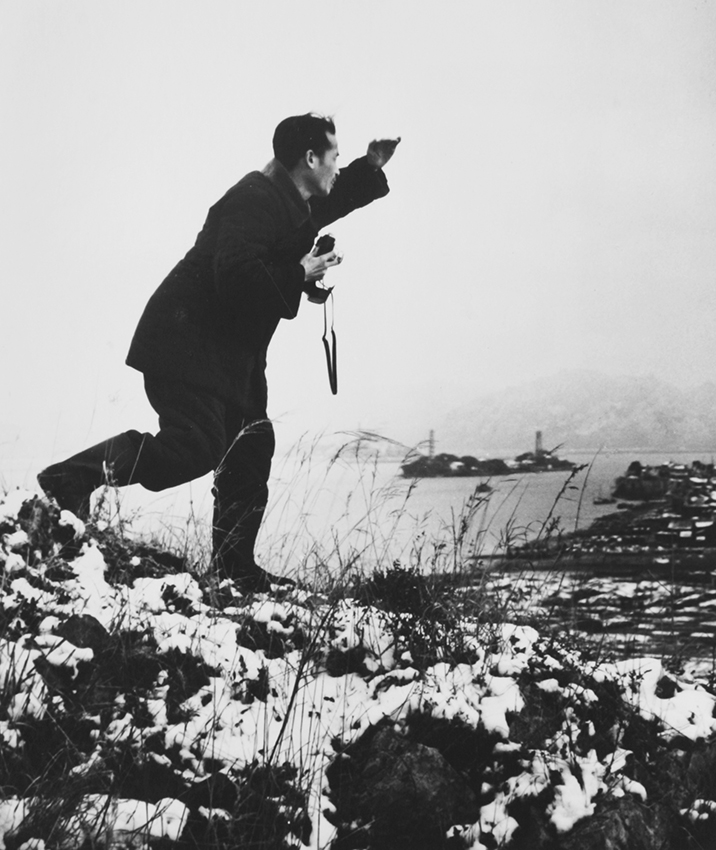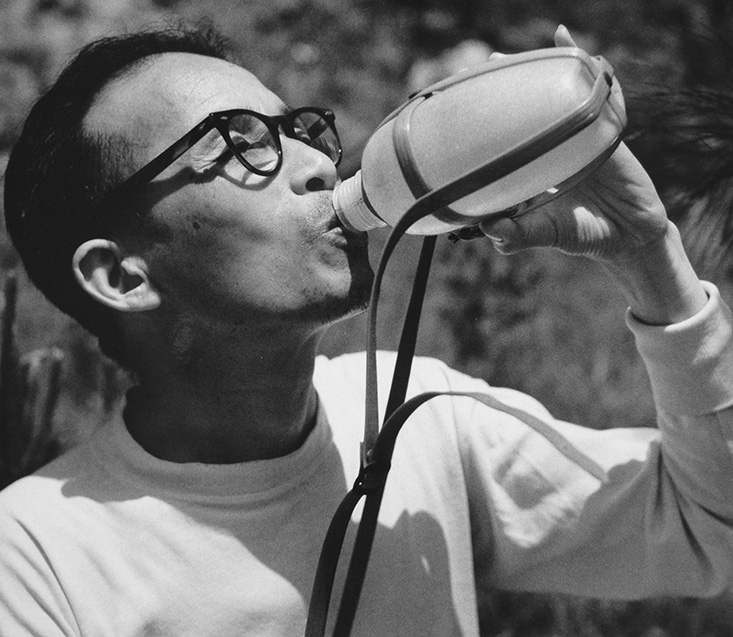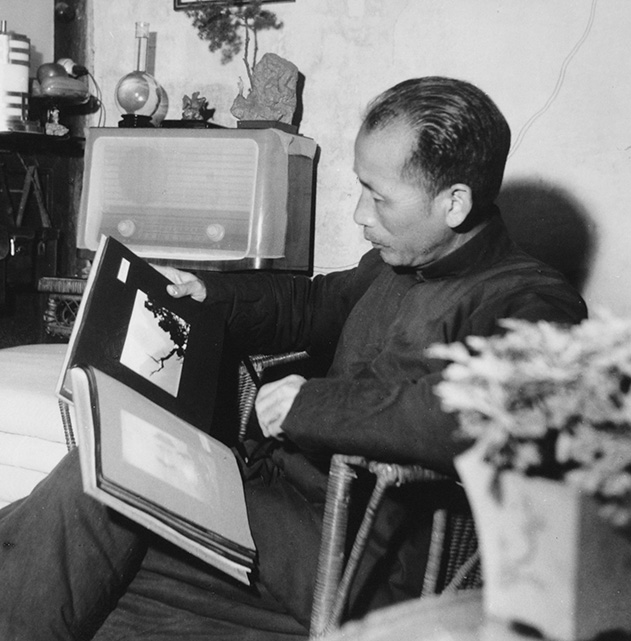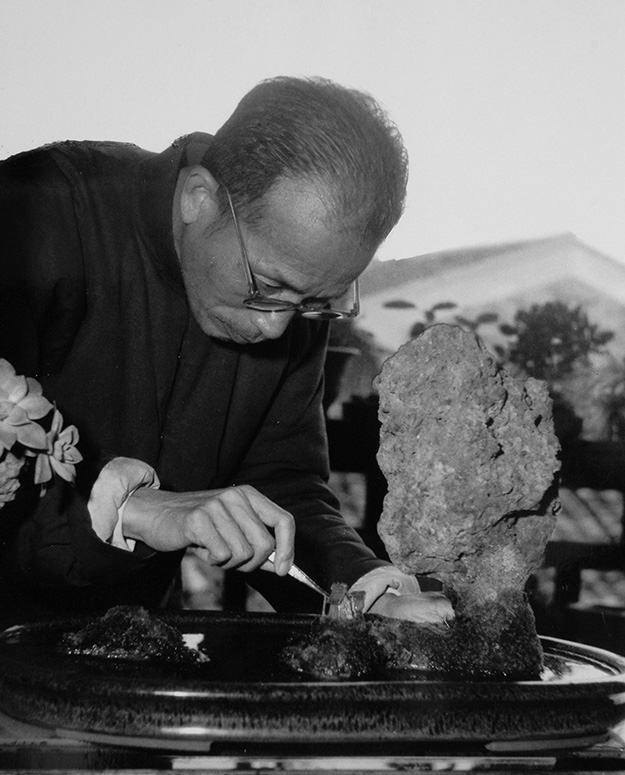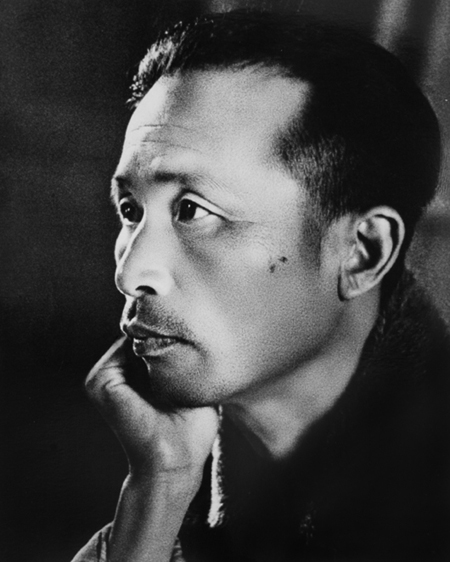
Mr. Du Shao (1910 - 1970) was born in Wenzhou, a city in the Zhejiang province of China. He dedicated his whole life to photography and was especially skilled at landscape photography.
At age 14, he became an apprentice in a photo studio and started to learn about photography. In 1931, his virgin pieces "Great Bridge Builder" and "Jizhou Bridge of Longquan County" were published in the Wenhua Pictorial. He then entered the most productive years of his career. Before the War of Resistance against Japanese Aggression, his artworks were published in multiple photographic periodicals like "Art and Life," "Flying Eagle," "Chinese Photography (old)," "Liangyou Pictorial," "World Pictorial" etc., and were displayed in the "International Photography Exhibition" and the former Shanghai Chinese Photographic Society Exhibition.
During the War of Resistance, Mr. Du Shao was extremely concerned and indignant in the face of Japanese aggression and showed strong patriotism and pride as a Chinese citizen. He used the camera as his weapon and reported massive savage acts committed by Japanese army to domestic and foreign countries, such as "Wenzhou’s Preparation of All sorts under Enemy Airplanes and Warship Threat and Situation after the Bombing (set of photos)," which were published in the "Liangyou Pictorial" in Hong Kong and in the "Model textbook and Enlightening the Children during the Anti-Japanese War (set of photos as a textbook)" etc. In Feb. 1939, he was hired as a freelance photographer at the Earth Pictorial in Hong Kong. He joined the "Chinese Photographic Society" (Shanghai) in 1948.
After liberation, Mr. Du Shao focused on landscape and still life photography. His artworks were displayed in multiple national photography exhibitions and were published in the "Chinese Photography" magazine and the "The Land is So Rich in Beauty" large album.
Mr. Du Shao's artworks have both the rich charm of traditional Chinese painting, like a pastoral poem, and his own style. His early masterpiece "Homecoming During a Snowy Night" used simple lines to draw countryside scenery of southern China on a snowy day, while his late masterpiece "Sunrise Over Ou River" used rich strokes to outline the morning of the waterland in southern China, which was full of vitality and inspired people's love of the country's beauty.
All his life, Mr. Du Shao was diligent and eager to learn, studying attentively. His photos paid attention to artistic conception. He believed that the implied meaning of a photo was closely related to the author's ideological cultivation. "What is obtained in a moment relies on that which is accumulated daily" was his experience of lifelong photography creation.
